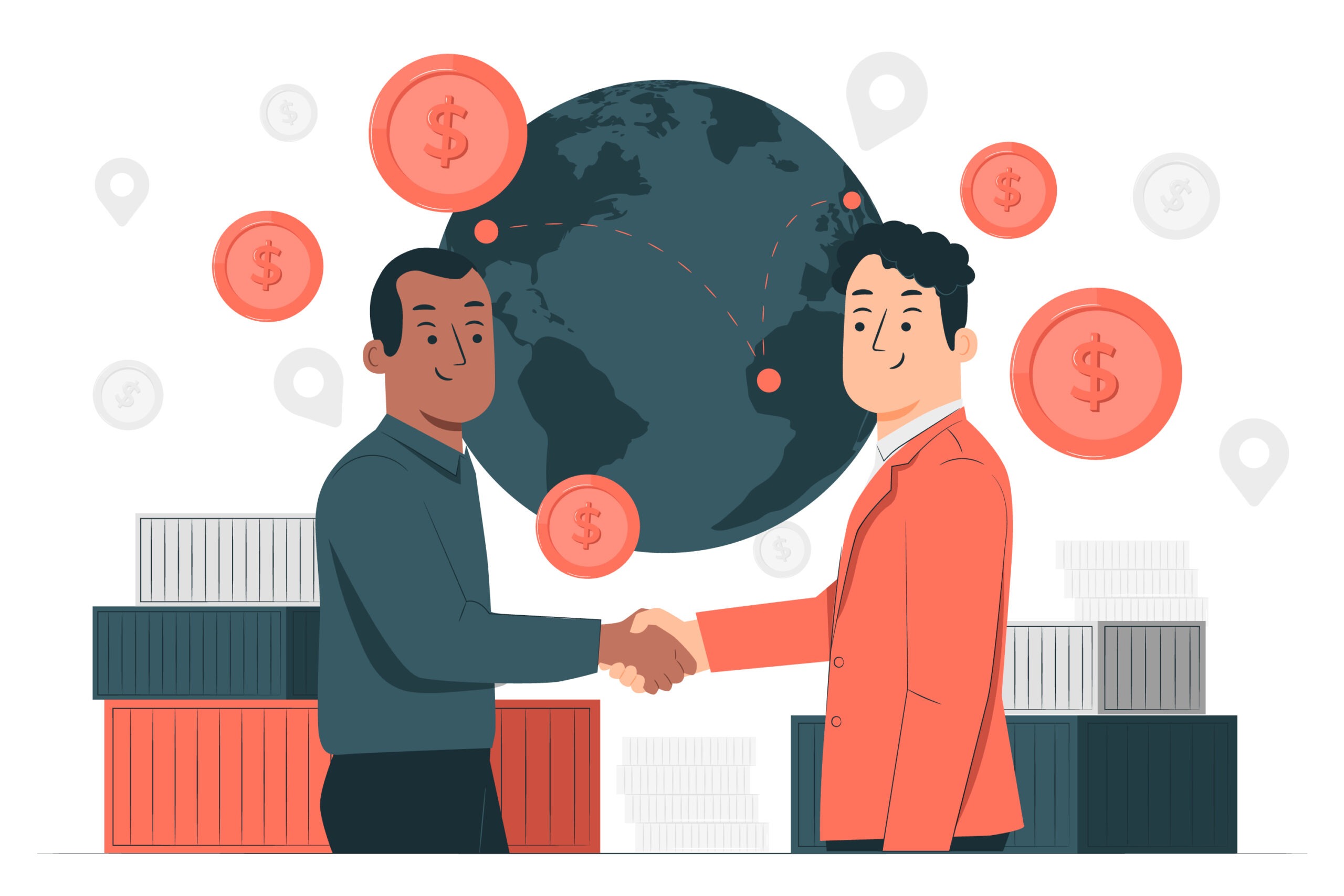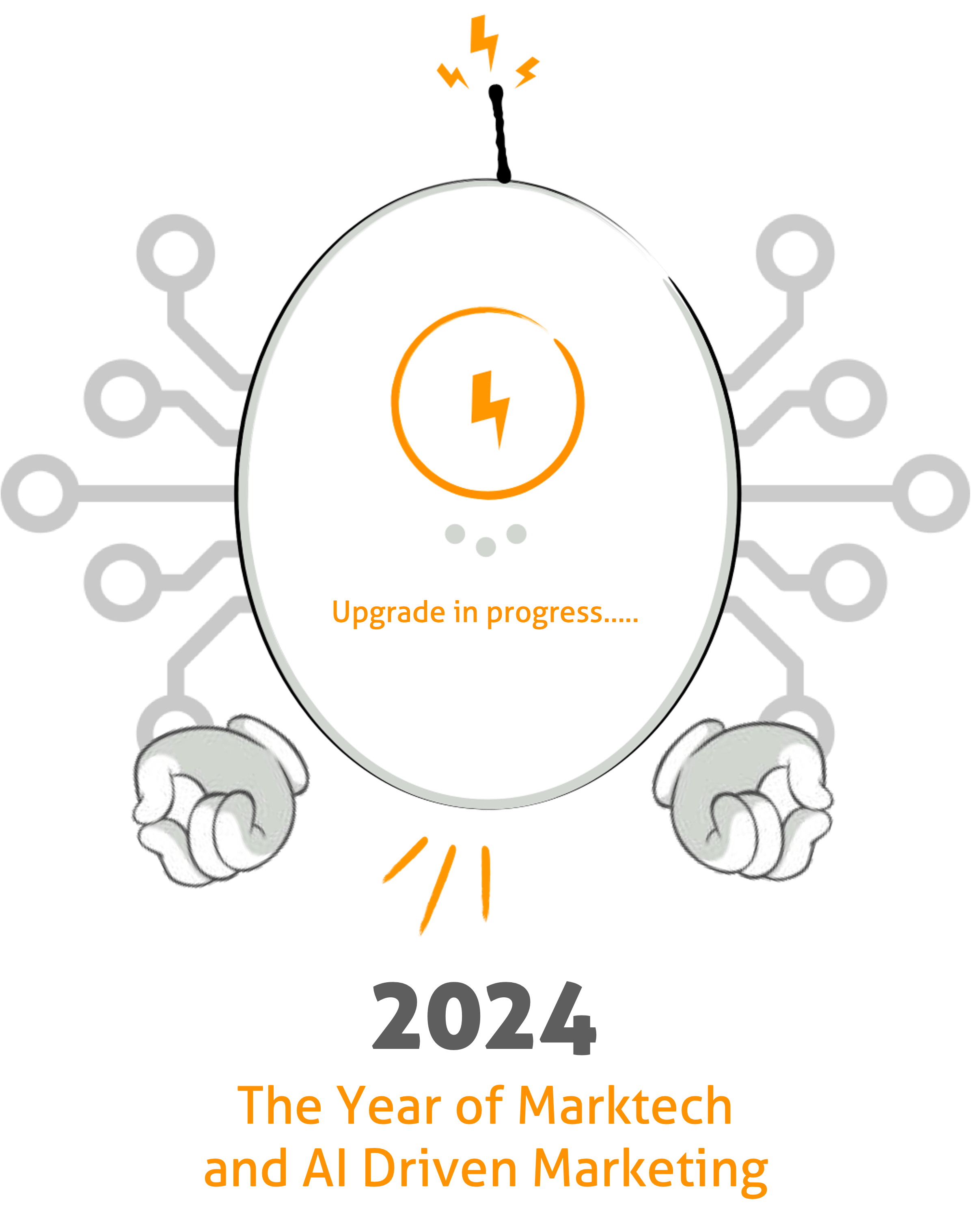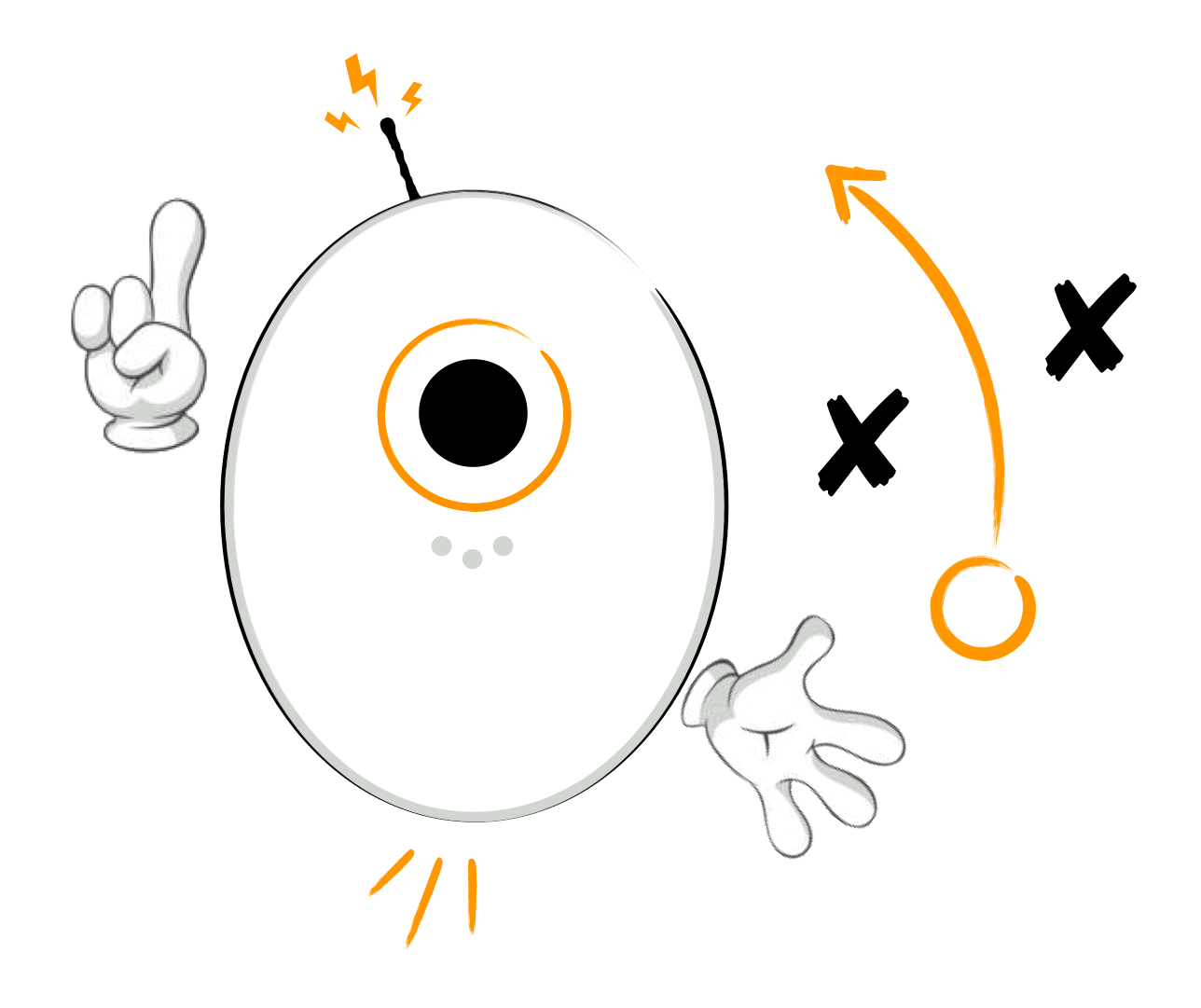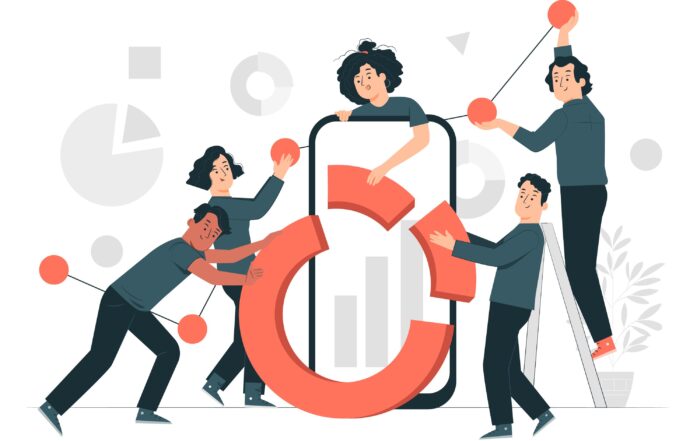
Are you also confusing ‘Customer Acquisition’ to ‘Sales’?
As an entrepreneur navigating the vibrant global market, you know the constant hustle. You’ve got a fantastic product or service, but reaching the right customers and propelling your business to new heights can feel like scaling Mount Everest.The key lies in a well-oiled customer acquisition engine.
Now, for those familiar with the marketing world, “customer acquisition” might sound like another term for sales. But seasoned marketers know it’s a far more comprehensive strategy. Sales is the final sprint to conversion, the “closing the deal” moment. Customer acquisition, however, is the entire marathon. It’s about attracting potential customers, building trust, nurturing their interest, and ultimately guiding them towards that purchase (and hopefully, many more!).
Here’s the thing: in a market brimming with competition, a strong customer acquisition strategy becomes your secret weapon. We’ll delve into why it matters so much, and more importantly, how you can leverage it to conquer the customer acquisition game.
‘Why’ Customer Acquisition Matters
In a market brimming with competition, customer acquisition becomes even more crucial. Here’s why:
- Digital Boom: With rapid digital adoption, the online space is overflowing with potential customers. But it’s also crowded with competitors. You need a well-defined strategy to stand out from the digital noise.
- Mobile-First Market: Everyone is glued to their smartphones. This presents a unique opportunity to reach them directly through targeted mobile marketing strategies. But again, customer acquisition helps you cut through the clutter and grab their attention.
- Building Brand Loyalty: Consumers value trust and familiarity. A strong customer acquisition strategy helps you nurture relationships from the get-go, fostering brand loyalty that leads to repeat business and positive word-of-mouth.
5 Creative Customer Acquisition Strategies for SMBs that can be tailored for your market (the ‘How’)
All these strategies can be tailored accordingly to your market:
- Content Marketing with a Twist: We are voracious consumers of online content. Create informative and engaging content that caters to specific needs and interests. Think blog posts in regional languages, explainer videos, or even localised infographics.
- Leverage the Power of Social Media: Asians are some of the most active social media users globally but you can treat it true globally as well. Develop a strong social media presence on platforms like Facebook, Instagram, and WhatsApp. Engage with your audience, run targeted ad campaigns, and leverage influencer marketing to reach a wider audience.
- Embrace Vernacular Marketing: Don’t underestimate the power of local languages. Craft marketing messages that resonate with regional audiences. Consider translating your website content or creating targeted social media campaigns in local languages.
- Partner Up for Growth: Collaborate with other businesses that cater to a similar audience. This could be through co-branded promotions, cross-promotion on social media, or even joint events. This allows you to tap into a pre-existing customer base and expand your reach.
- Harness the Power of WhatsApp Business: WhatsApp is a communication powerhouse in the world. Utilise the WhatsApp Business app to connect directly with customers, offer personalised support, and share exclusive deals.
Calculating Your Customer Acquisition Cost (CAC): ‘It’s Not Rocket Science’.
So, you’ve implemented some killer customer acquisition strategies. But how do you know if they’re working? Enter the magic formula – Customer Acquisition Cost (CAC). It tells you exactly how much it costs you to acquire a new customer. Here’s the simple breakdown:
CAC = Total Marketing & Sales Expenses / Number of New Customers Acquired
For example, if you spend Rs. 50,000 on marketing and sales in a month and acquire 100 new customers, your CAC would be Rs. 500 per customer.
Knowing your CAC helps you:
- Optimise your marketing budget: Allocate resources to channels that deliver the best return on investment.
- Refine your customer acquisition strategies: Track which strategies are most effective in bringing in new customers.
- Set realistic growth goals: By understanding your CAC, you can project how much you need to invest to achieve your desired customer base.
Bonus Tip: While CAC is a valuable metric, don’t get hung up on just the cost. Consider the Customer Lifetime Value (CLTV) – the total revenue a customer generates over their relationship with your business. Ideally, your CLTV should be significantly higher than your CAC!
In the business world, growth is the ultimate goal. But how do you achieve it? Two crucial aspects come into play:customer acquisition and sales. While they’re often used interchangeably, there are key distinctions between the two. Understanding these differences is essential for crafting a winning growth strategy.
Customer Acquisition: The Art of the Net
Imagine customer acquisition as casting a wide net to attract potential customers. It encompasses all the activities that bring new people to your brand and pique their interest in what you offer. This could involve:
- Marketing: Eye-catching social media campaigns, informative blog posts, targeted advertising – all these efforts aim to generate brand awareness and capture leads.
- Content Marketing: Creating valuable content like ebooks, webinars, or infographics positions you as a thought leader and educates potential customers about your products or services.
- Public Relations: Securing positive media coverage can significantly boost brand awareness and credibility.
- Referral Programs: Encouraging existing customers to spread the word through incentives can be a powerful acquisition tool.
The goal of customer acquisition is to convert those caught in your net into qualified leads, ready to explore what you have to offer.
Sales: Closing the Deal
Sales, on the other hand, is about turning those leads into paying customers. It’s the personalized approach that nurtures the initial interest and guides them towards a purchase decision. Sales professionals employ various tactics to achieve this,such as:
- Sales Calls & Emails: Direct communication allows salespeople to understand the specific needs of a potential customer and tailor their pitch accordingly.
- Product Demos & Presentations: Showcasing the product’s features and benefits firsthand can be highly persuasive.
- Negotiation & Closing Techniques: Salespeople work to close the deal by addressing concerns, offering solutions, and guiding the customer towards a purchase.
The Synergy: Growth Through Teamwork
While customer acquisition and sales are distinct, they work best in tandem. A strong acquisition strategy brings in a steady stream of leads, while effective sales techniques convert those leads into customers. Here’s how they work together:
- Customer Acquisition Informs Sales: Data gathered during acquisition (e.g., customer demographics, interests) helps salespeople personalise their approach and address specific needs.
- Sales Feedback Fuels Acquisition: Insights from salespeople on customer preferences and pain points can be used to refine acquisition strategies and target the right audience.
The Growth Recipe: Balancing the Ingredients
The ideal balance between customer acquisition and sales depends on your business model and stage. Startups might prioritize acquisition to build a customer base, while established companies might focus more on nurturing existing relationships through sales efforts. Here are some factors to consider:
- Customer Lifetime Value (CLV): If your product has a high CLV, focusing on retention through sales efforts might be more cost-effective in the long run.
- Market Saturation: In a crowded market, customer acquisition efforts may need to be more aggressive to stand out.
By understanding the distinct roles of customer acquisition and sales, and by finding the right balance for your business,you can fuel your growth engine and achieve sustainable success.
Share This Story, Choose Your Platform!
FAQs
Marinoid has a different grammatical meaning. We coined it from two words viz Marketing + Droids. A futuristic approach to marketing. Our mascot ‘Noidy’ is designed and inspired by the movie, WALLE and shares the same emotional quotient.
You will get a call from us within 24 hours or when you have scheduled a call. First meeting focuses on understanding your business problem and/or marketing request. We will brainstorm the need and discuss how to approach it. If you like the approach, we will discuss the commercials and kickstart the journey.
Digital Marketing is not magic. It is a science and art. Besides, there are various factors which decide ‘success’. Treat marketing as an investment centre rather than a cost centre. Understand and brainstorm as much as possible before committing to the plan.
A wise man once said – “If you throw peanuts, you will only attract monkeys!” At Marinoid, we focus on helping you achieve GTM first rather than focusing on our profits – so don’t worry we will help you regardless.
In simple terms, your website – your most critical asset. Focus most of your efforts on making this asset robust, scalable and simple. It should be your best replacement on the web and all your efforts should be circled around this asset.
Yes, there is an hourly charge for consultation. Check our pricing page or drop us a note and we will tell you the details.

Some of our Recent Posts:
Your B2B Marketing Isn’t Broken — It’s Just Operating on 2018 Logic in a 2025 Reality
Let’s set the scene. You're running a B2B SMB in 2025. You've got a great product, a tight-knit team, and a marketing funnel that should be working harder than [...]
Beyond Buzzwords: How SMBs Can Transform Virtual Influencers into AI-Driven Problem-Solvers
Welcome to the Future of SMB Marketing Picture this: you run a thriving SMB offering IT services or products, and your customer pipeline is growing fast. Great news! But [...]
The Future of Attraction: Inbound Marketing in 2025—A Strategic Guide for SMBs
As we get ready for 2025, the way we attract customers is evolving rapidly, driven by the fusion of advanced technology, shifting consumer expectations, and innovative inbound strategies. For [...]
How AI and Personalization are Revolutionizing Customer Engagement.
A Roadmap for SMBs in 2025 Imagine knowing each of your customers so well that you can tailor every interaction, every message, every offer just for them. It sounds like [...]




